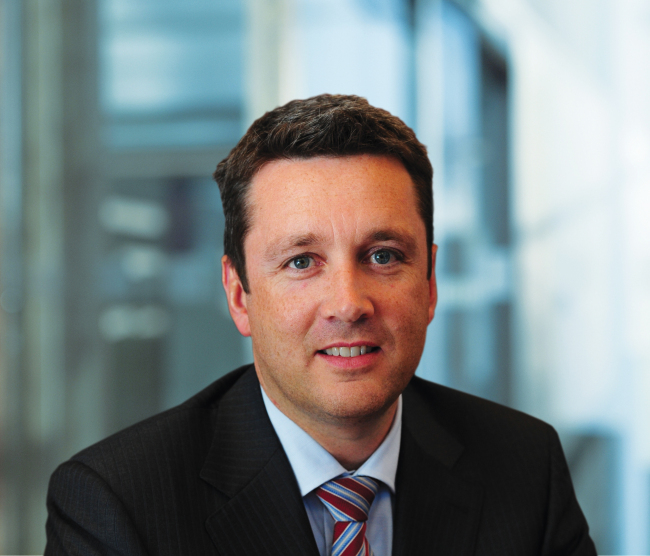 |
David Lomas |
Insurance companies around the globe are facing low investment yields, reduced liquidity and increased financial regulation, prompting them to re-examine how they invest and manage risk.
Asian insurers are facing the same pressures as their global counterparts, but the fragmented regulatory landscape and rapidly growing markets have created their own unique challenges. BlackRock commissioned the Economist Intelligence Unit to survey the investment behavior of the global insurance industry recently and take stock of these changes, revealing the proactive and innovative attitude of Asian insurers.
Seventy-five percent of Asian insurers see the need for change within their business in order to produce adequate shareholder returns in the next three years, compared to the global average of 47 percent, and Asian insurers are also more likely to invest in new fixed income asset classes or diversify their portfolio in search of better returns than insurers elsewhere.
Low interest rates and duration risk are driving Asian insurers to increase exposure to higher risk investments and allocate more to less liquid assets, with 78 percent of Asian insurers raising allocations to higher yielding fixed income.
The search for yield has boosted the favorability of ETFs, with 74 percent of Asian firms planning to increase use of ETFs over the next three years, with just as many saying they need to learn more about them as part of an investment strategy.
Not only are Asian insurers ready to make strategic long-term changes to their investment strategies, they are also willing to take near-term action to tackle market risks such as the tapering of central bank asset purchases.
Asian insurers are more confident than insurers elsewhere that quantitative easing will end in one to two years, and they’ve been more proactive in preparing for it by altering their duration profile, adopting absolute return strategies and shifting exposure to risk assets. Seventy percent are cutting portfolio duration to reduce their interest rate risk versus 57 percent of insurers in Europe and 55 percent in North America.
But Asia is far from homogeneous, encompassing varying domestic regulations, cultures and economic situations, which produce specific challenges and opportunities in each market. Korean insurers were revealed to have a lower appetite for higher yielding assets while being more willing than average to commit to longer-term, less liquid investments than the rest of Asia.
Only 25 percent of Korean insurers planned to increase allocations to higher yielding fixed income instruments, such as bank loans and lower rated debt, versus a regional average of 75.5 percent. However, 75 percent of those surveyed intended to seek longer duration investments, compared to the regional average of 50.5 percent.
In Korea, exactly half of the insurers surveyed expected a large scale change in regulation, which is higher than the regional average, and at the same time pointed at restrictive regulations as a key driver of change in the industry.
Korean insurers are also more likely to increase allocations to illiquid asset classes than their Asia Pacific peers, with all respondents planning to increase allocations to real estate debt and private equity, which was about double the regional and global averages. Real estate equity, infrastructure debt and infrastructure equity are also preferred by 75 percent of the Korean insurers, well above the regional average.
While these results paint a picture of the regional insurance market, the most telling finding of the survey was the need for expert help. Thirty-eight percent of firms in Asia said that the main challenge in assessing risks in their portfolios was a lack of expertise, versus 26 percent in Europe and 16 percent in North America, revealing the relative inexperience of the Asian market.
They said regulations are making them more risk averse and they do not feel well-prepared to tackle the new challenges in risk management and governance, investment strategy and product design, showing the need for specialized asset management has never been greater.
By David Lomas
The writer is head of BlackRock’s Global Financial Institutions Group. The opinions reflected in the article are his own. — Ed.








